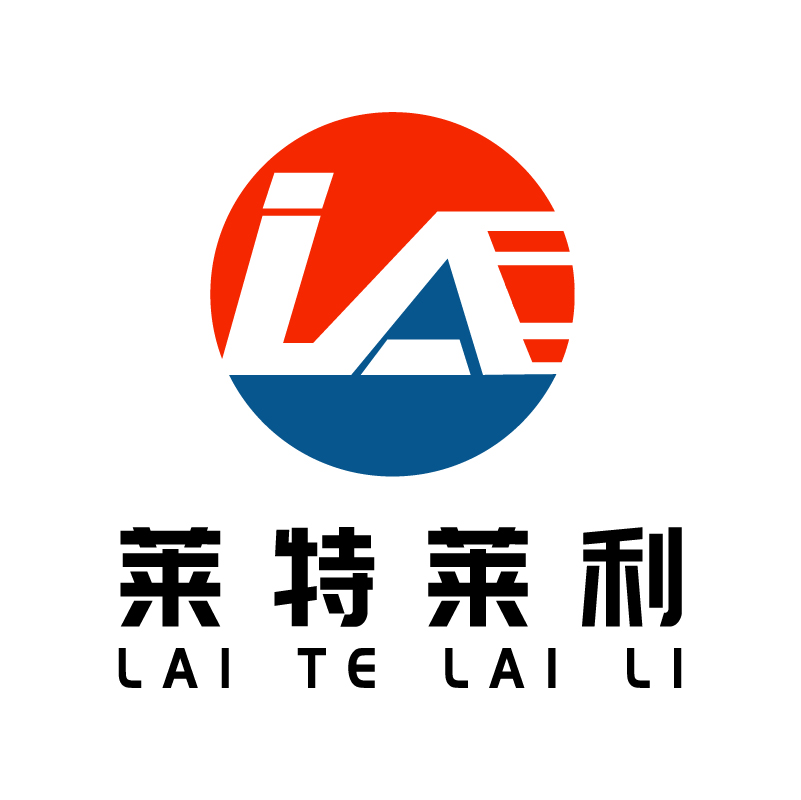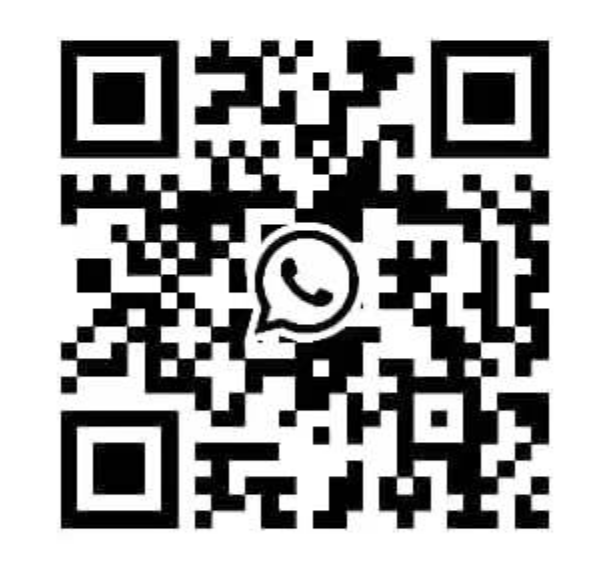Range of use of wax-based carbon strips
The use of wax-based carbon strips is very wide, covering a number of industries and fields. The following are the main areas of use for wax based carbon strips:
1. Type of printing media
Wax-based carbon strips can print many types of paper products and media, including but not limited to:
Smooth paper: a kind of paper with smooth surface, high brightness and good texture. The use of wax-based carbon tape printing on glossy paper, can show a clear, bright printing effect, suitable for trademarks, product labels and other aspects.
Matte paper: A paper with a smooth, translucent surface and no reflective properties. Wax based carbon tape printing on matte paper can show a natural, soft, textured effect, suitable for certificates, cards, advertising posters and other aspects.
Label paper: A material specially designed for label printing, which has two forms of backglue and self-adhesive. The wax-based carbon belt can print clear and accurate bar codes, two-dimensional codes, text and patterns on the label paper, which is suitable for logistics, electronics, medical, chemical and other fields.
Card paper: Used to make a variety of cards, such as library cards, student cards, employee cards, etc. The wax-based carbon strip prints text, pictures, bar codes, two-dimensional codes, etc. on the card paper, which can keep the printing quality clear and bright.
Pound paper: a kind of anti-counterfeiting material, widely used in making bank passbooks, checks, bills, invoices, etc. The use of wax-based carbon tape to print on the pound paper can ensure that the printing is clear, and not easy to decolorize, fade, suitable for all kinds of financial bills printing.
Other media: In addition to the above paper products, wax-based carbon tape is also suitable for coated paper, thermal paper, synthetic paper, glossy paper, writing paper and other media, with good paper adaptability.
2. Application field
Wax-based carbon strips are widely used in the following fields:
Retail: In the retail industry, wax-based carbon strips are used to print price labels, product name labels, promotional labels, etc., to help merchants carry out product management and promotional activities.
Logistics: In the logistics industry, wax-based carbon belts are used to print logistics labels, shipping labels, warehouse labels, etc., to ensure the accurate identification and tracking of goods during transportation and storage.
Pharmaceutical: The pharmaceutical industry has high requirements for clarity and durability of labels, and wax-based carbon belts can meet these needs for printing drug labels, medical device labels, etc.
Manufacturing: In the manufacturing industry, wax-based carbon strips are used to print various identification labels in the production process, such as process labels, inspection labels, etc., to ensure the smooth progress of the production process.
3. Characteristics and advantages
The reason why wax based carbon strip can be widely used in many fields is mainly due to its following characteristics and advantages:
The printing effect is clear: the wax-based carbon belt can print clear and delicate images and text to meet various printing needs.
High temperature resistance: The wax-based carbon strip can be used normally at higher temperatures and is suitable for a variety of different printer models and working environments.
Wear resistance: The magnetic powder of the wax-based carbon strip and the resin are properly combined to keep the printing effect clear in the case of repeated use.
Waterproof and oil-proof: the wax-based carbon strip can be used normally in the environment with water and oil, and is suitable for a variety of harsh printing environments.
Cost economy: Compared with other types of carbon belts, the raw material price of wax-based carbon belts is lower, and the production process is relatively simple, so the cost is more economical.
In summary, wax-based carbon strips play an important role in multiple industries with their wide labeling adaptability, excellent application field coverage, and unique characteristics and advantages.



